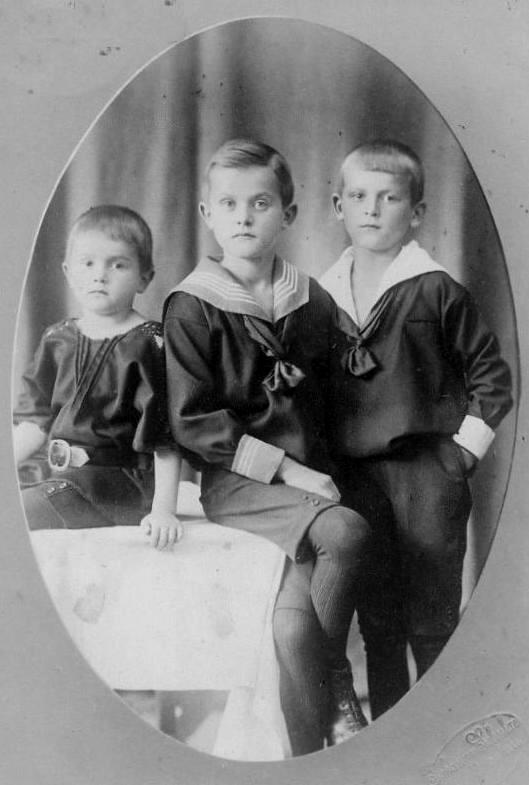
Figure 1.--These three brothers are dressed up for a family portrait in 1918. Note that the long stockingsd they wear are not heavy winter stockings, but lighter-weight stockings worn for formality. |

|
We see German children wearing a range of hosiery in the 1910s, including three-quarter socks, knee socks, and long stockings. Both boys and girls wore these different types of hosiery, Most were solid colors. We see white hosiery. We are less sure about the colors of the colored hosiery. There does not seen to have been much gender differentiation. We begin to see more boys wearing three-quarter and kneesocks in the 1910s. Three-quater socks in particular were very common. We note white socks with thib colored stripes of various colors and styles. Long stockings were also very commonm, but they seem to be more seasonal than in the 19rh century and 1900s. Children tend to commonly wear long stokings in the cold winter months. We see long stockings in warmer weather as well, but not as commonly as during the winter. Long stockings were also common when children dressed up for formal occassiions such as a studio portrait. Germany can be quite cold in the winter and thus those boys that wore shorts all year round might wear long over-the-knee stockings when it was cold.
Navigate the Boys' Historical Clothing German pages:
[Main German hosiery 20th century chronology page]
[Main German hosiery chronology page]
[German choirs]
[German movies]
[German royalty]
[German school uniforms]
[German youth groups]
[German sailor suits]
[Lederhosen]
[Ethnic]
[Tights]
[Long stockings]
Navigate the Boys' Historical Clothing Web Site:
[Introduction]
[Activities]
[Biographies]
[Chronology]
[Clothing styles]
[Countries]
[Bibliographies]
[Contributions]
[FAQs]
[German glossary]
[Images]
[Links]
[Registration]
[Tools]
[Boys' Clothing Home]
